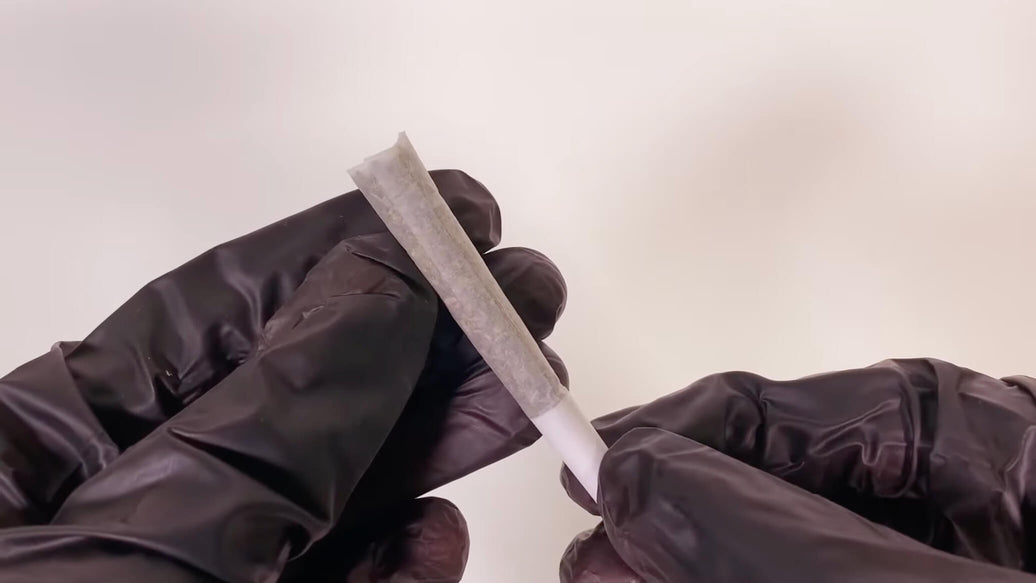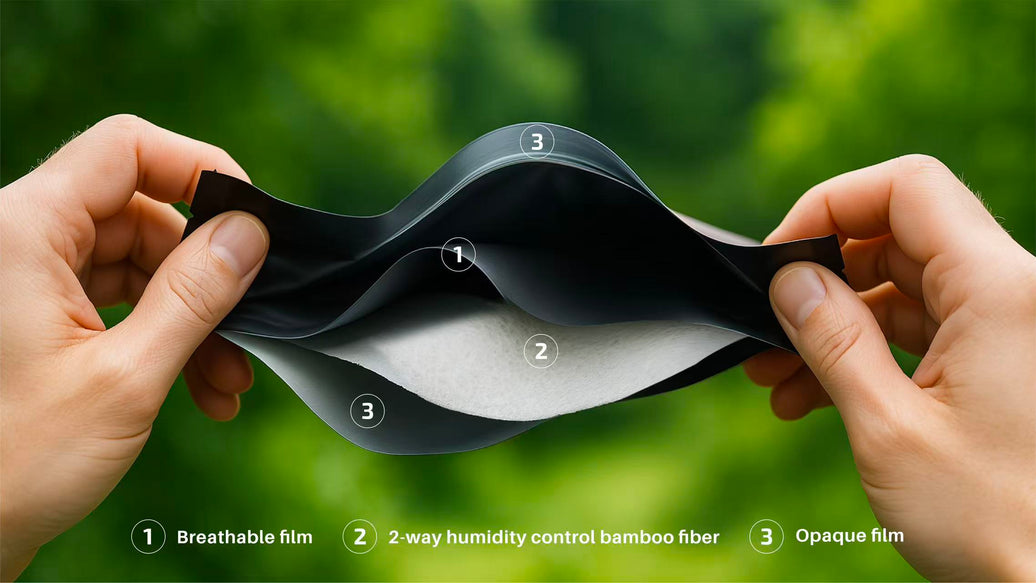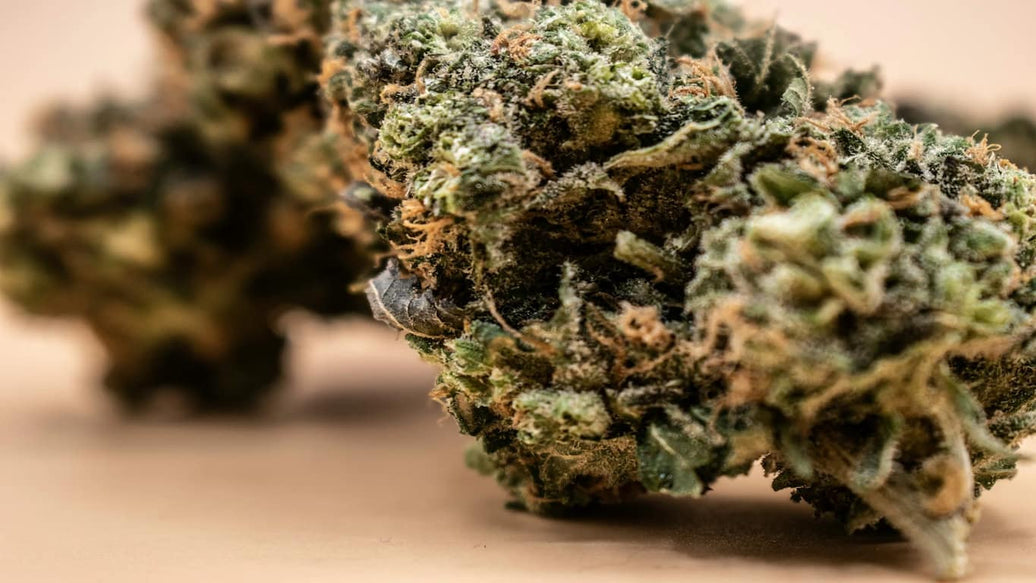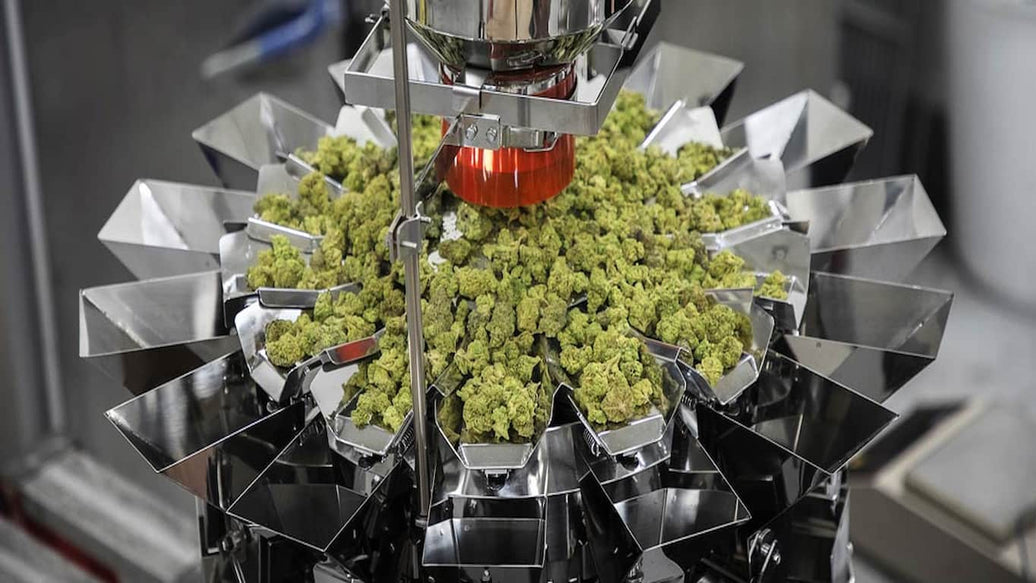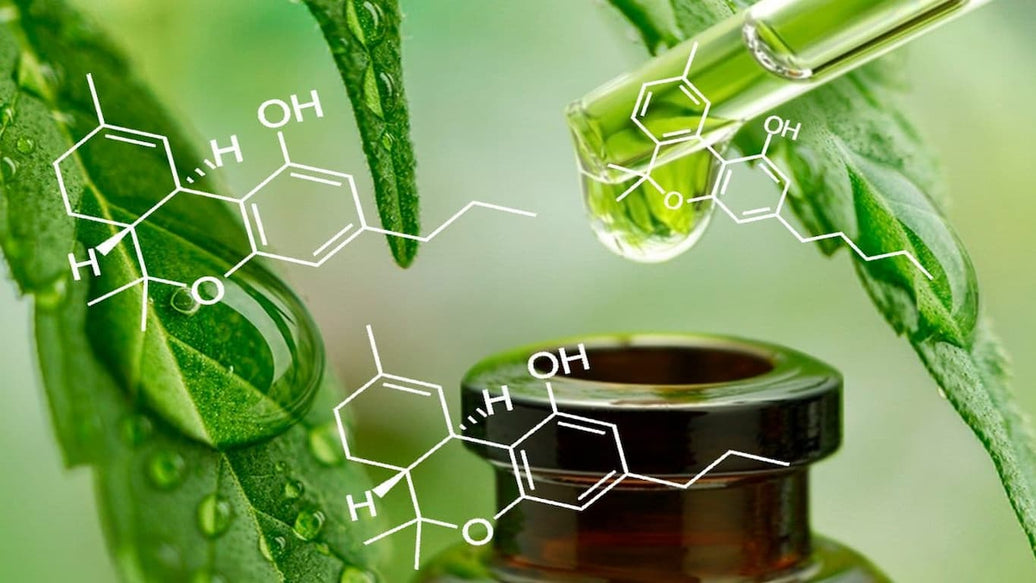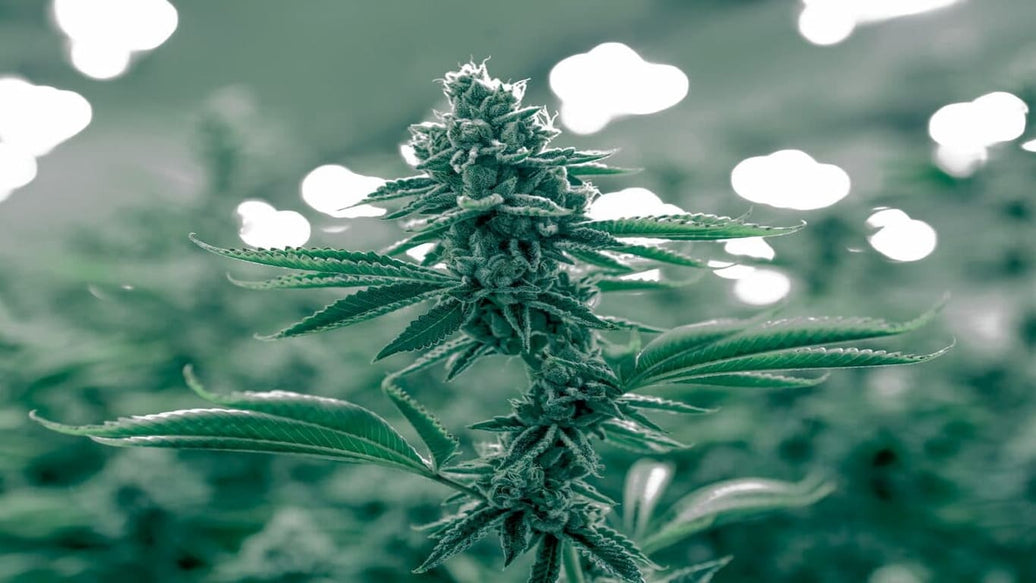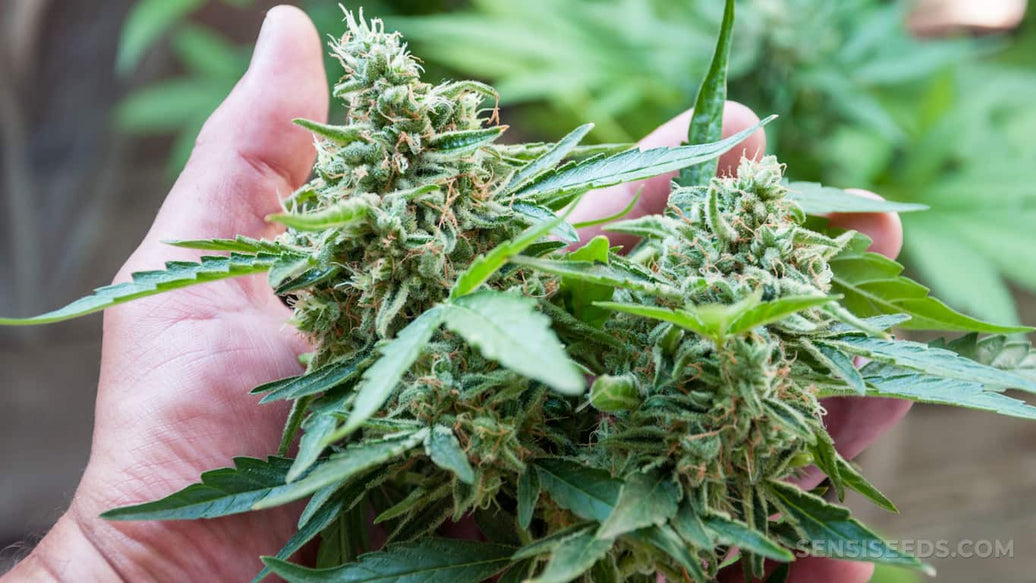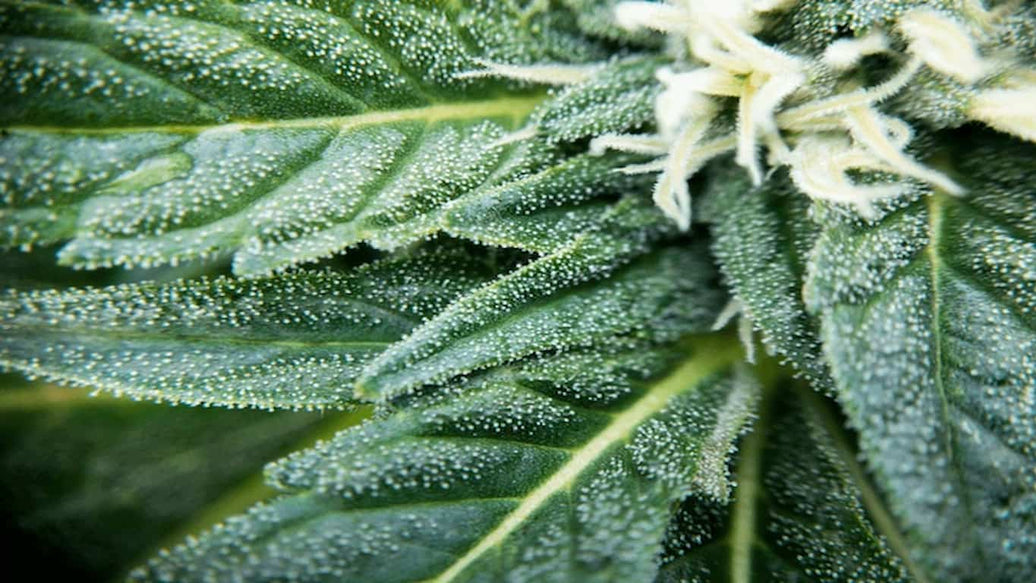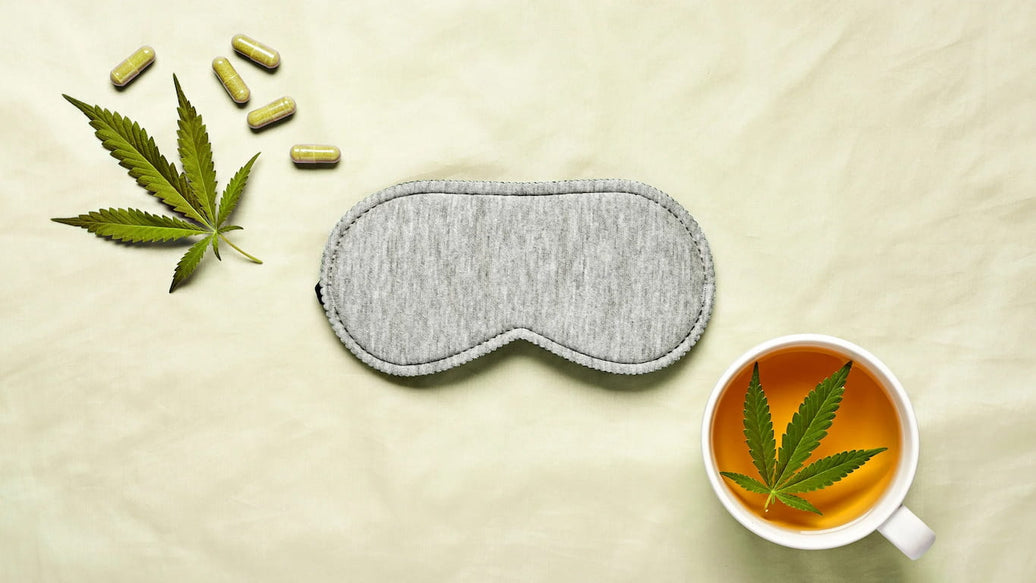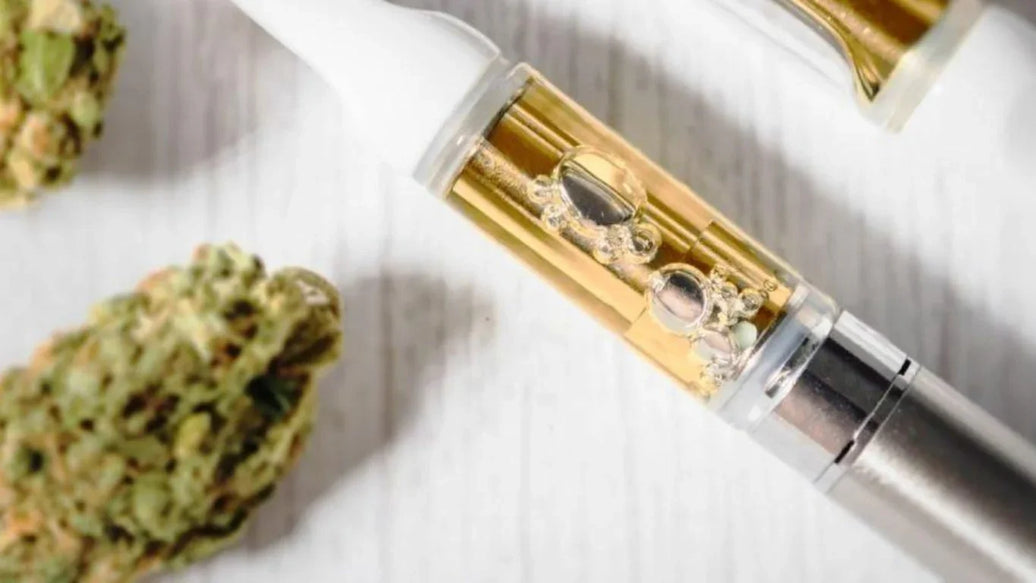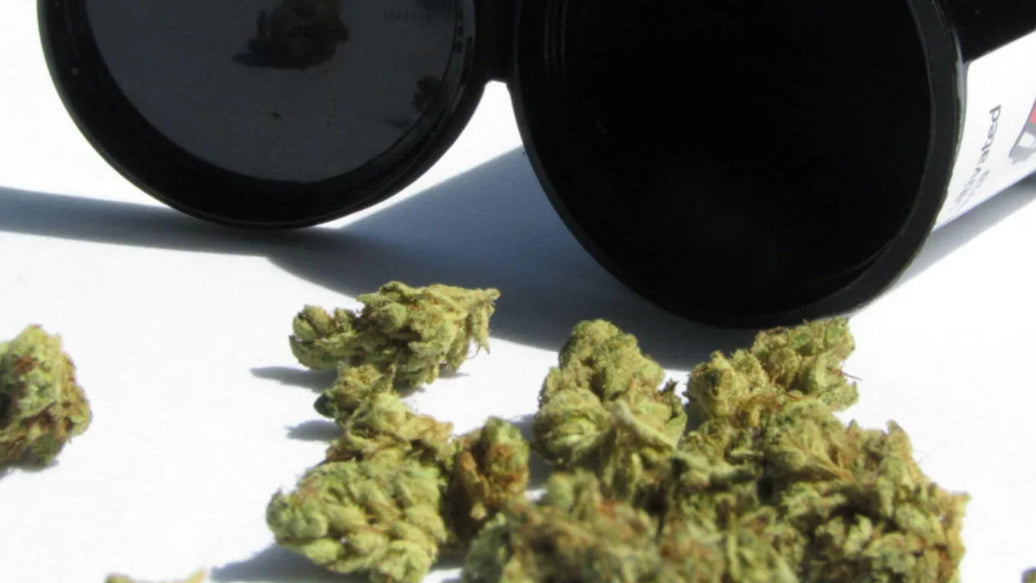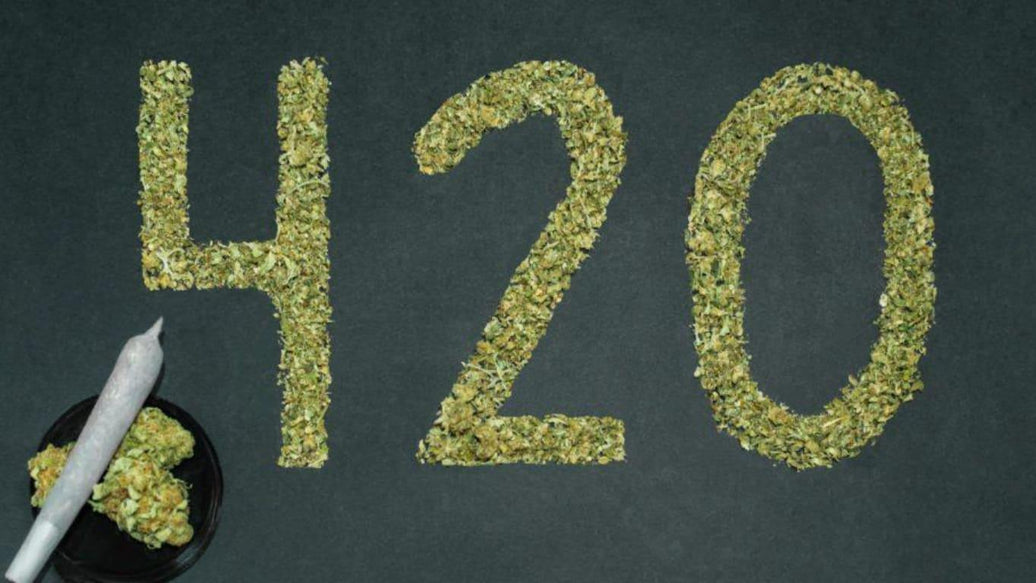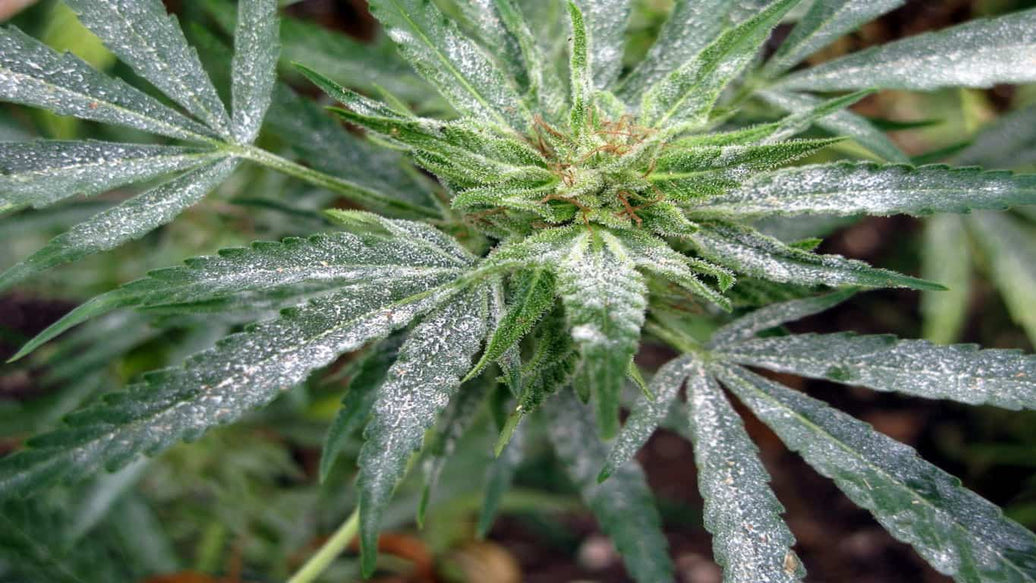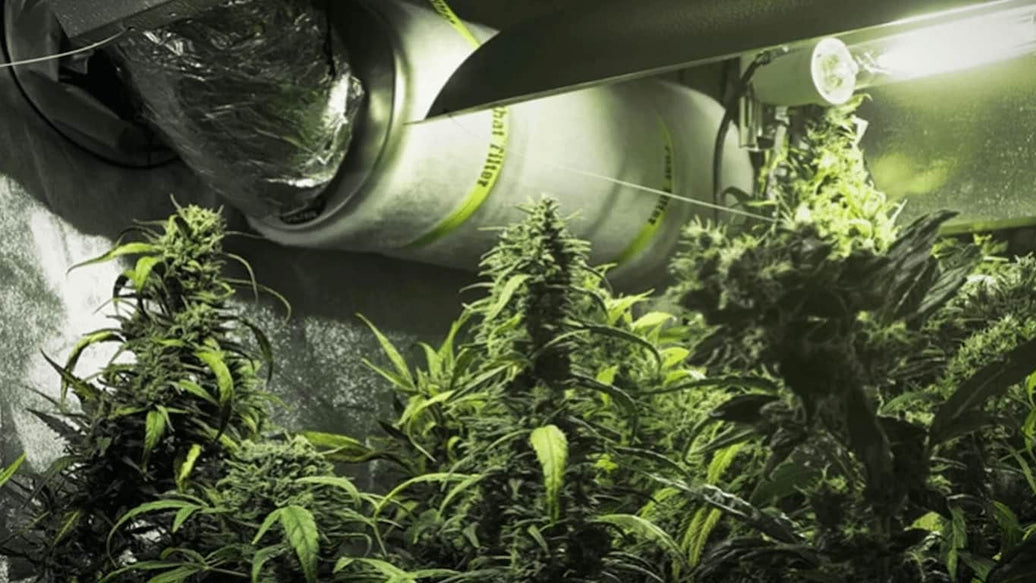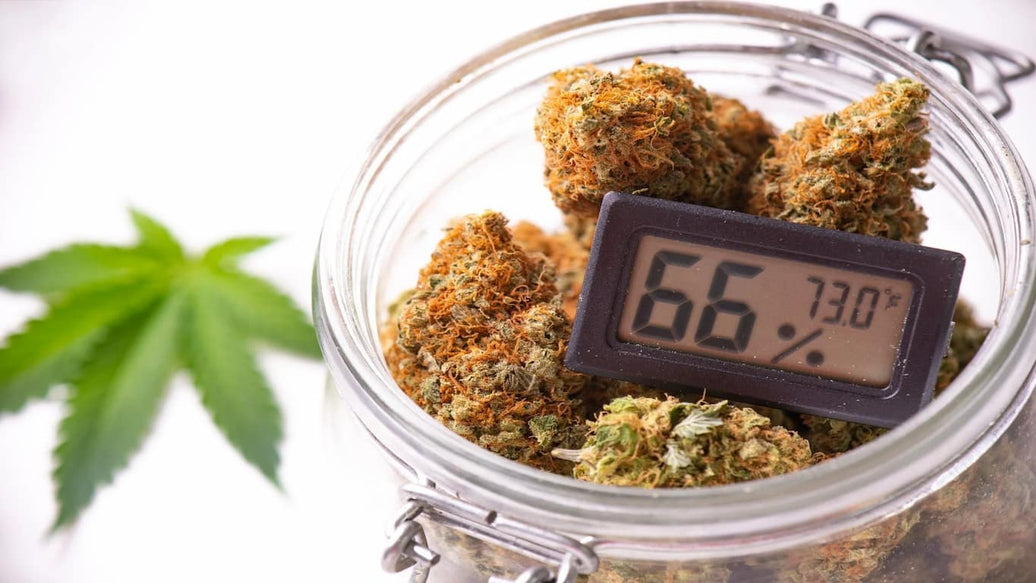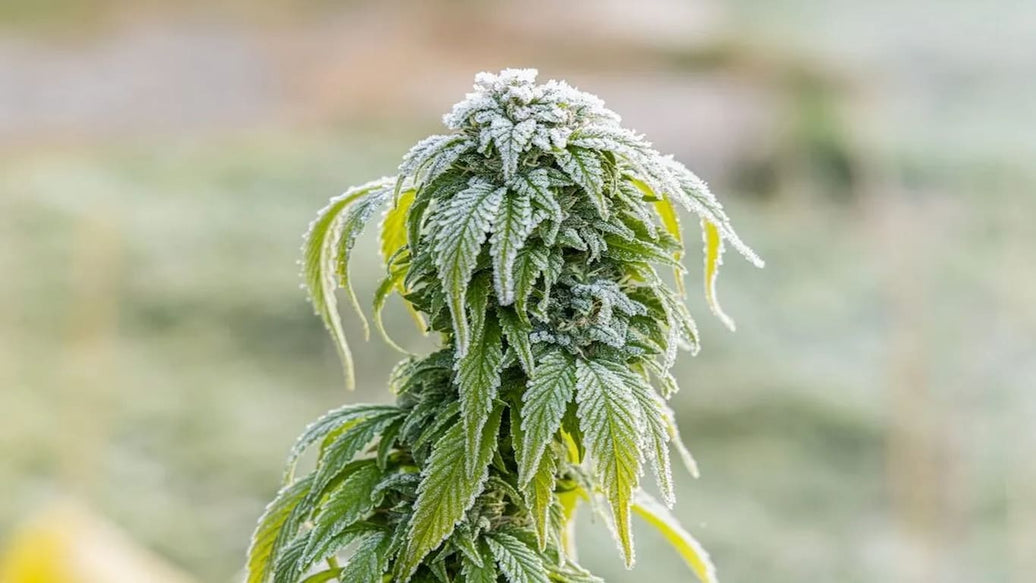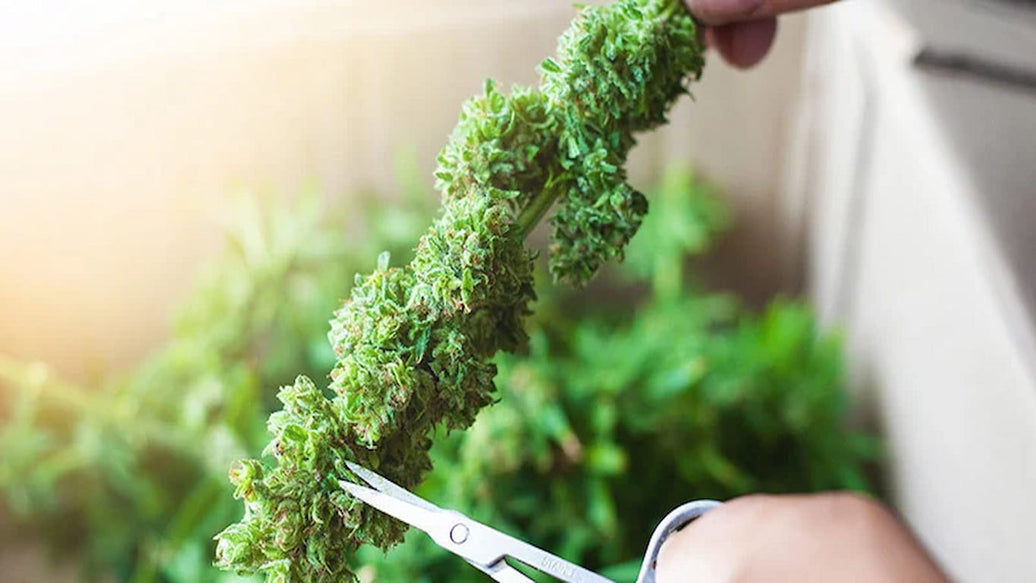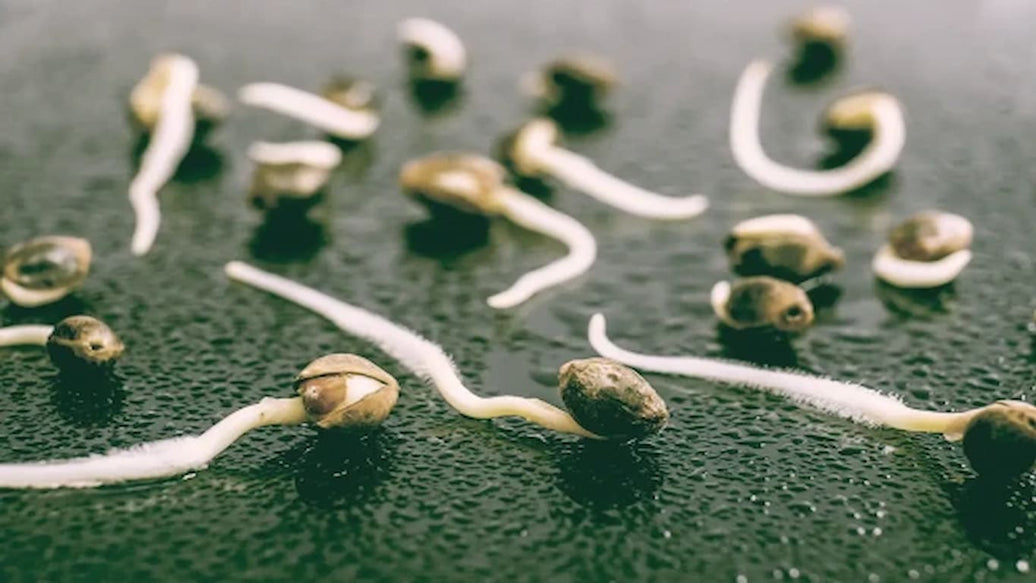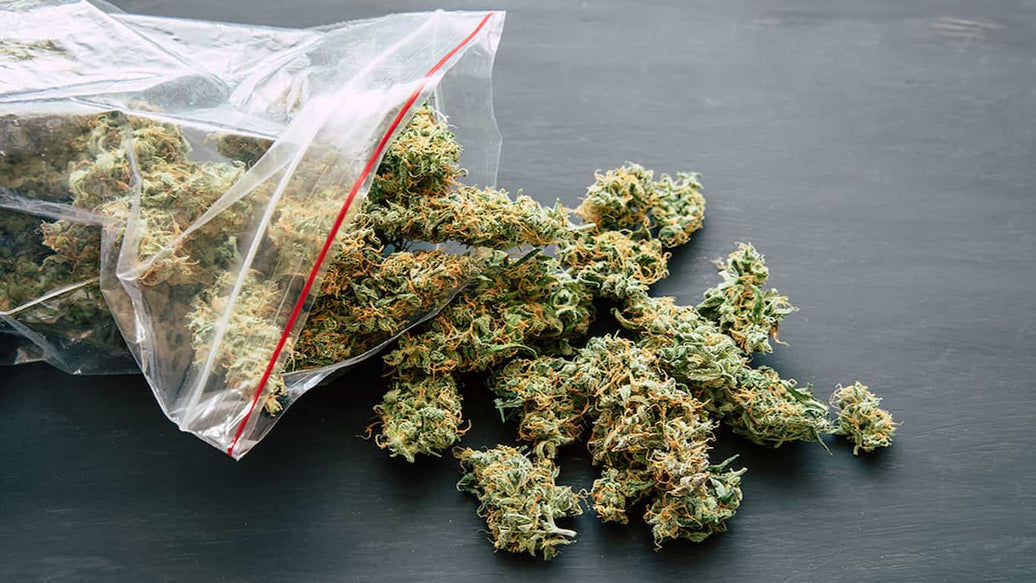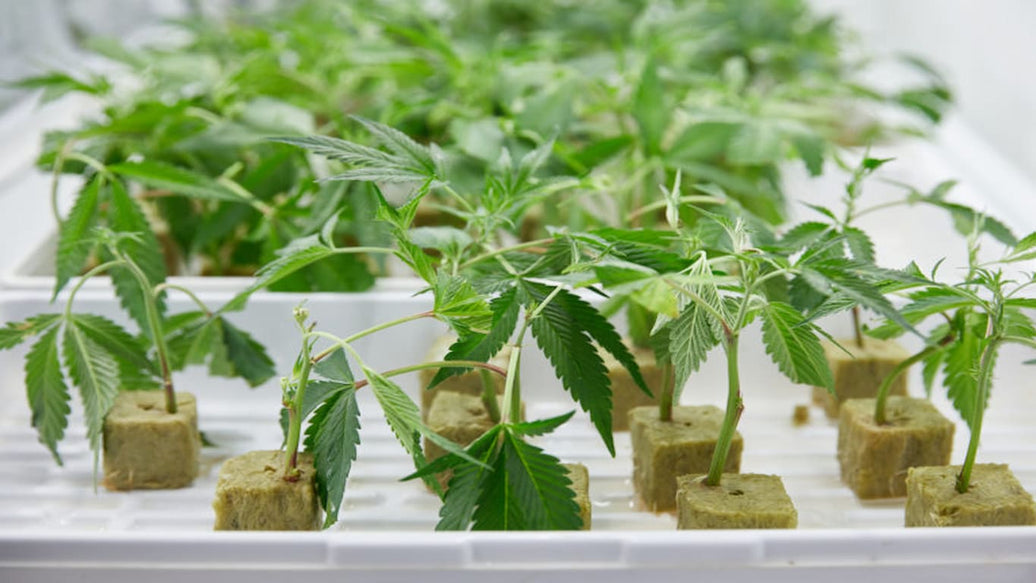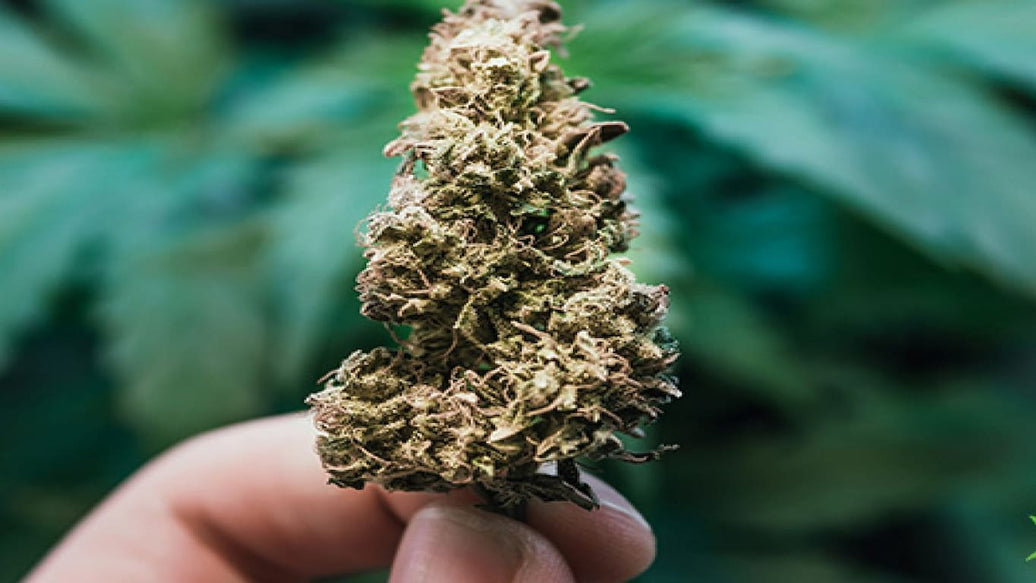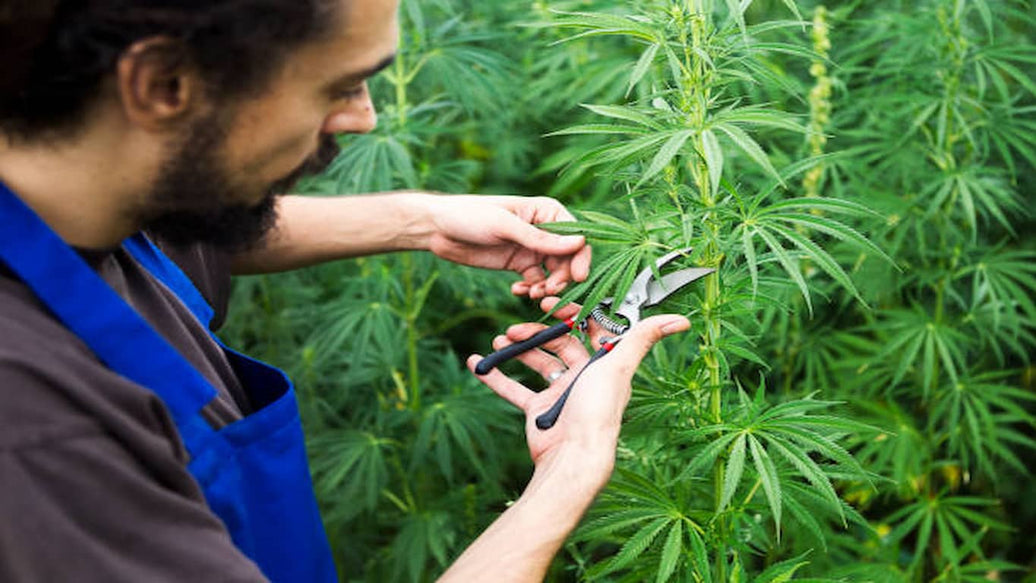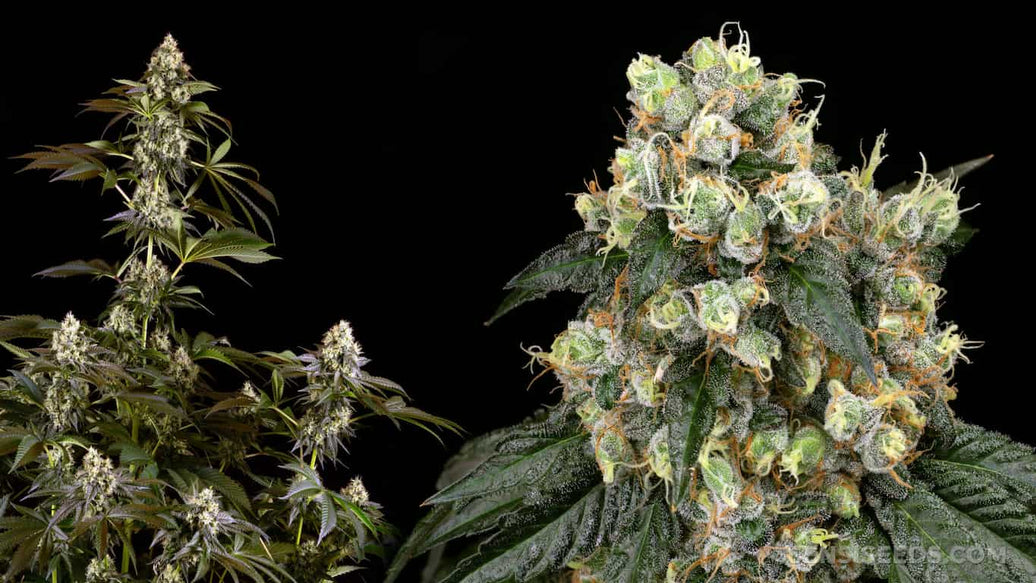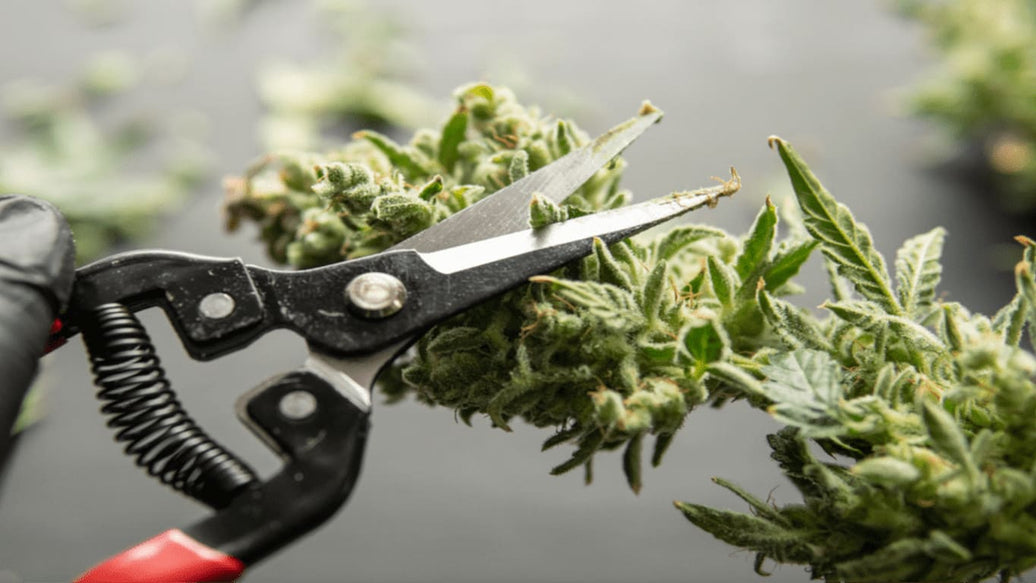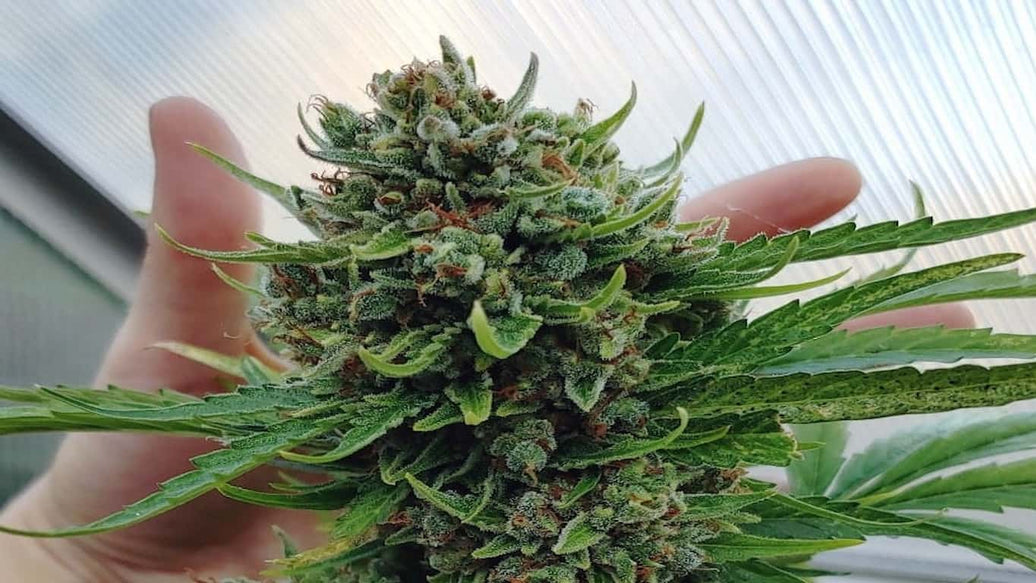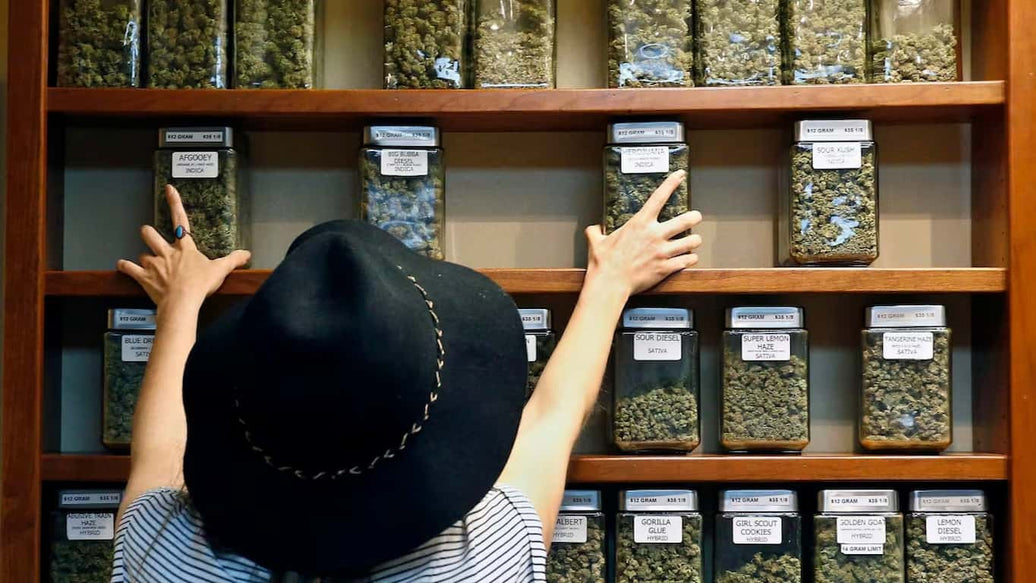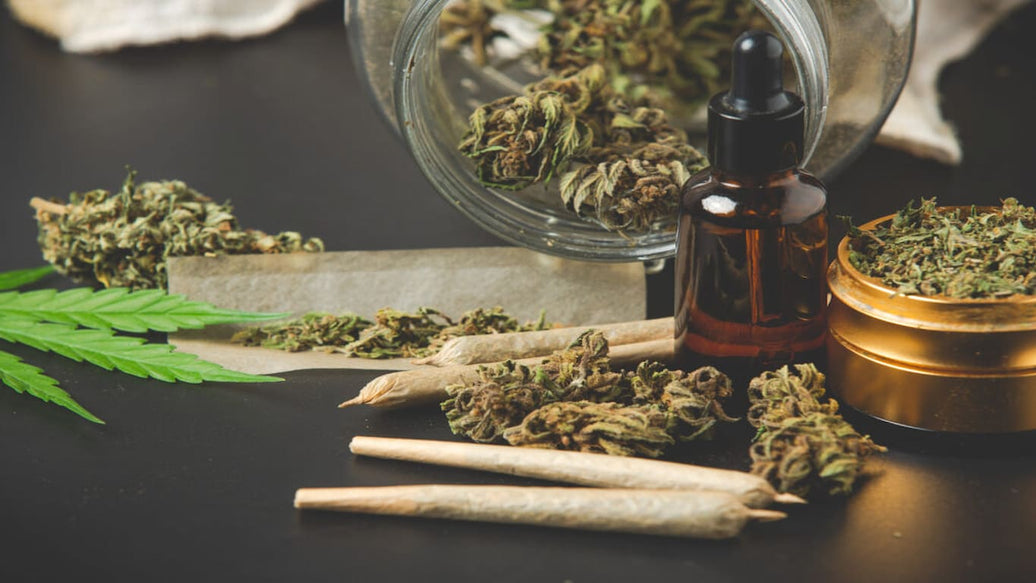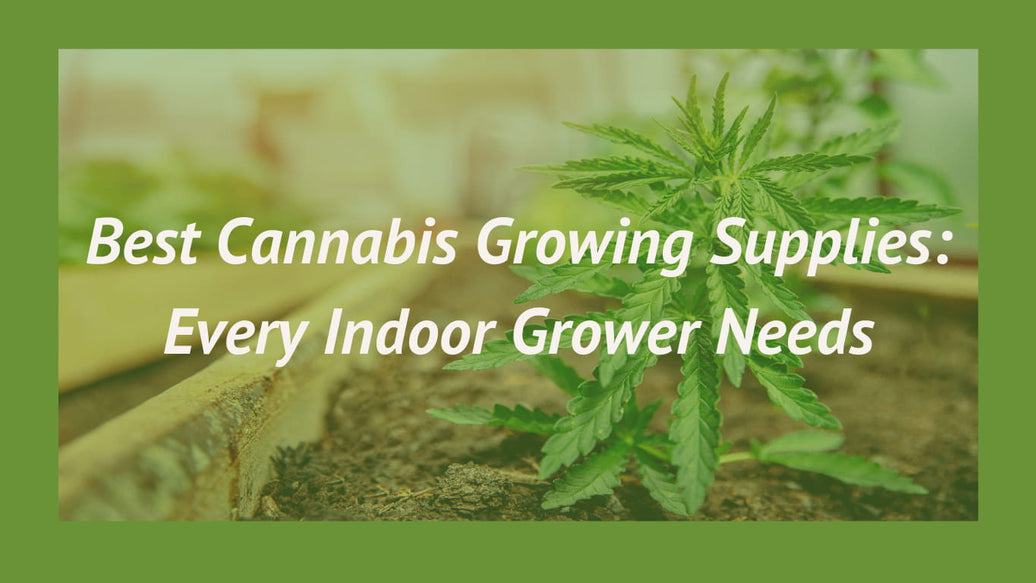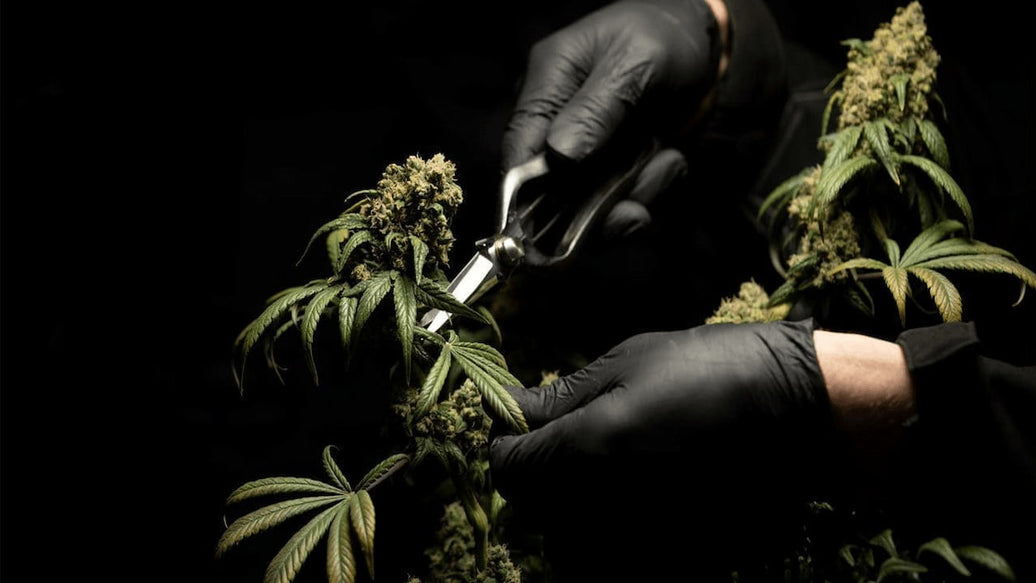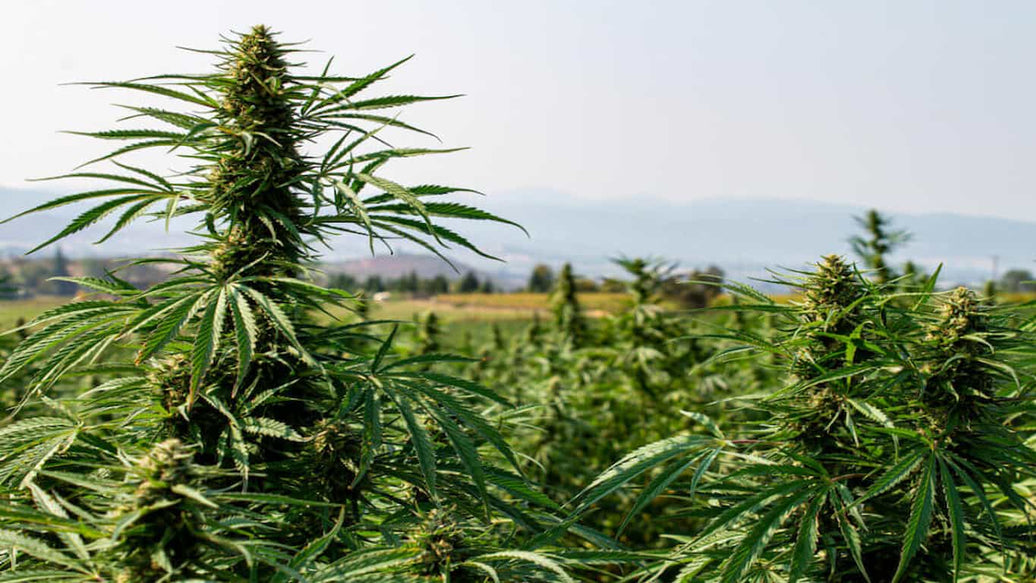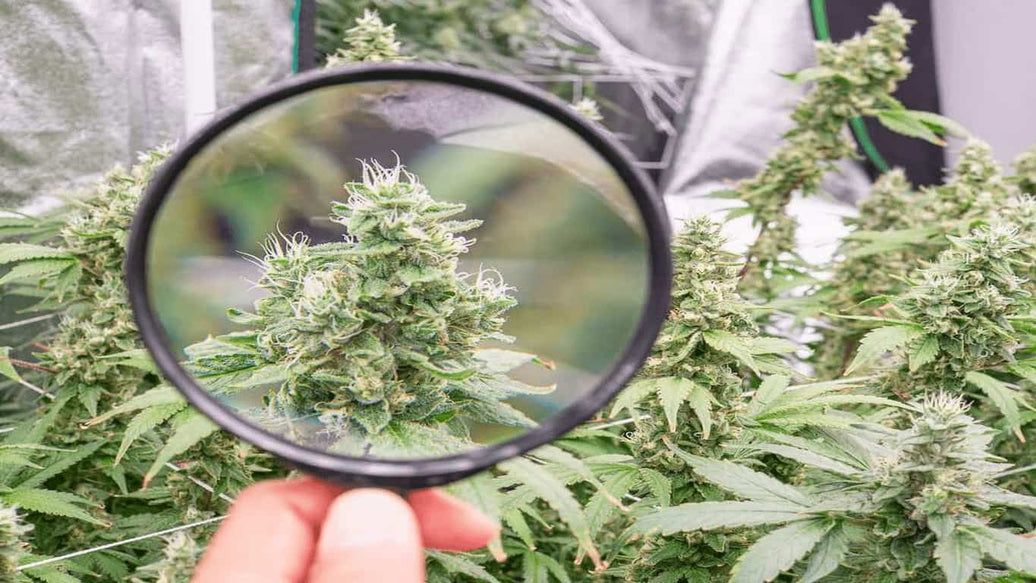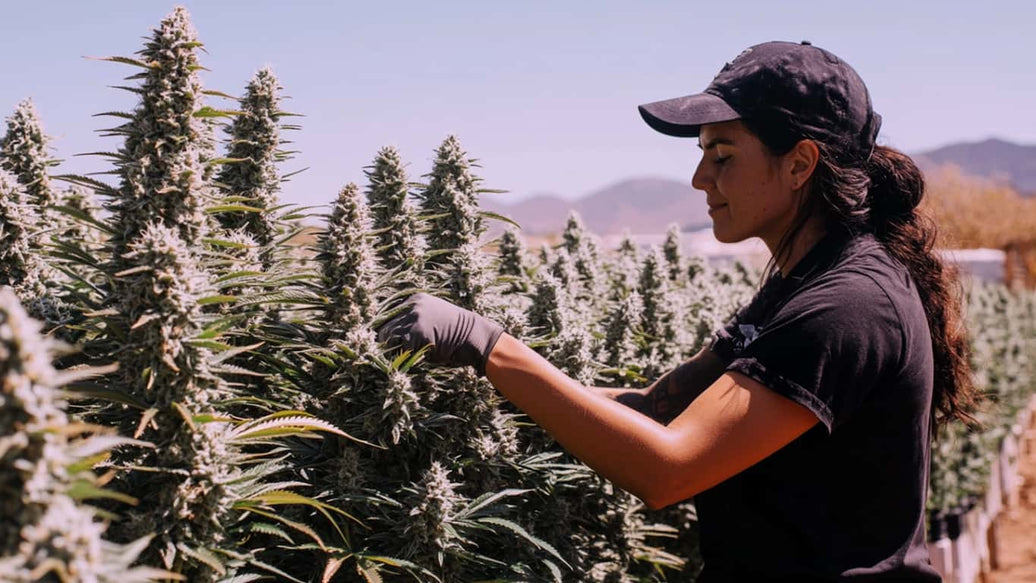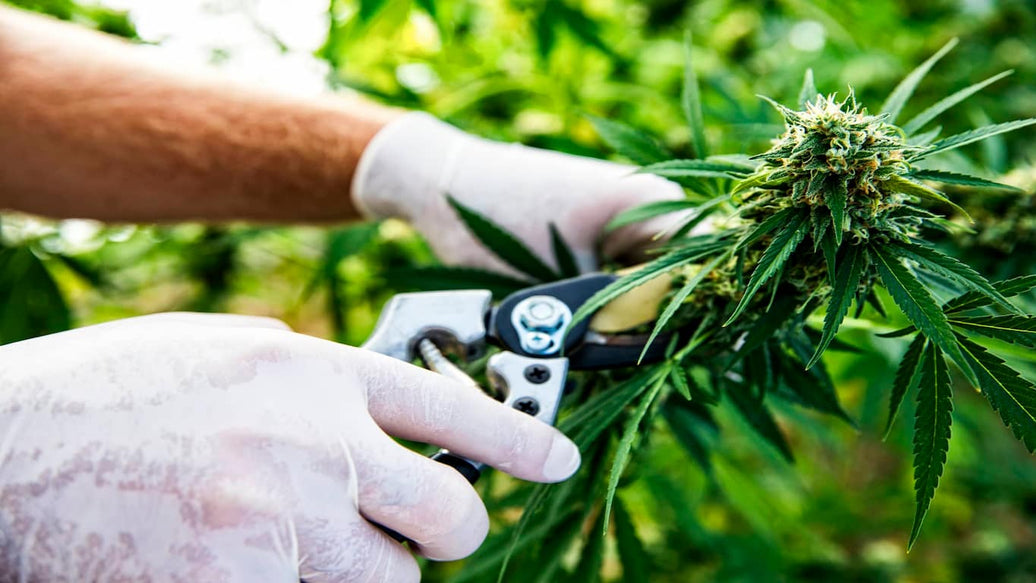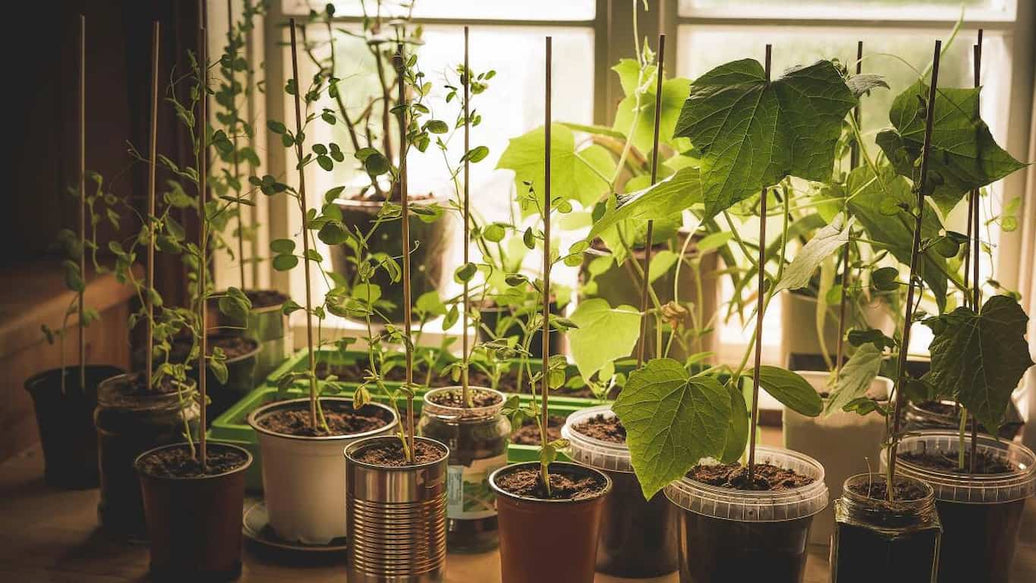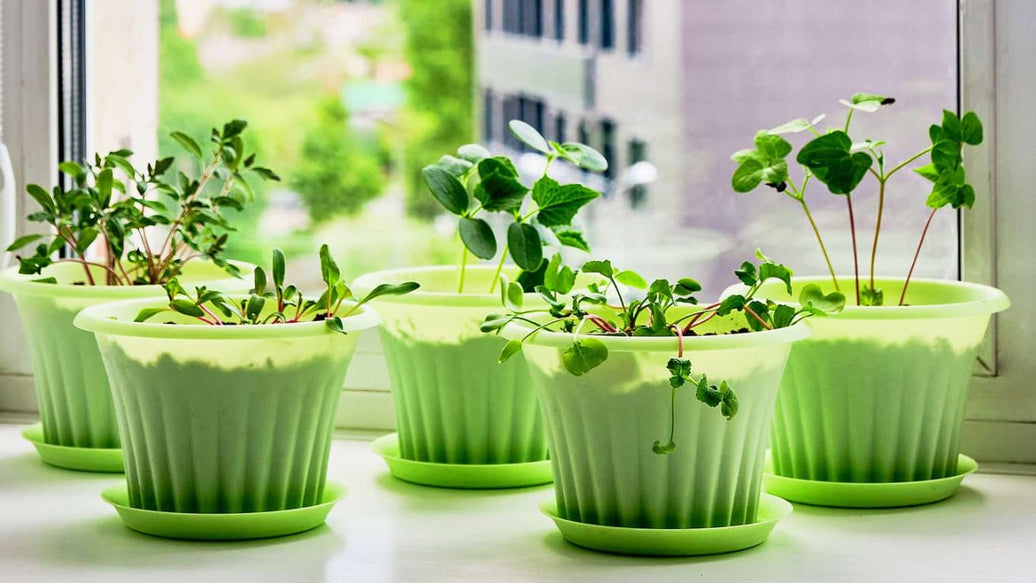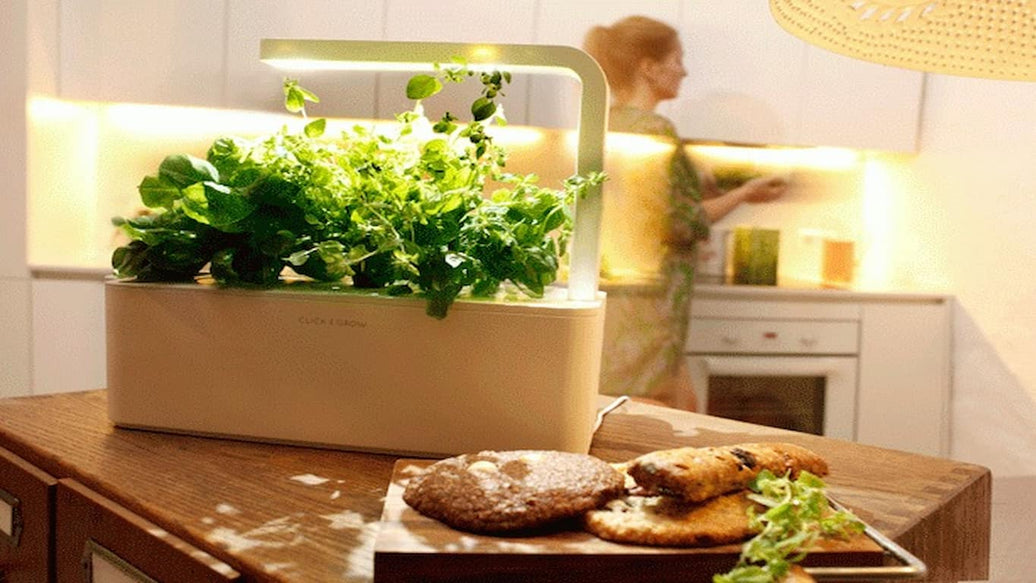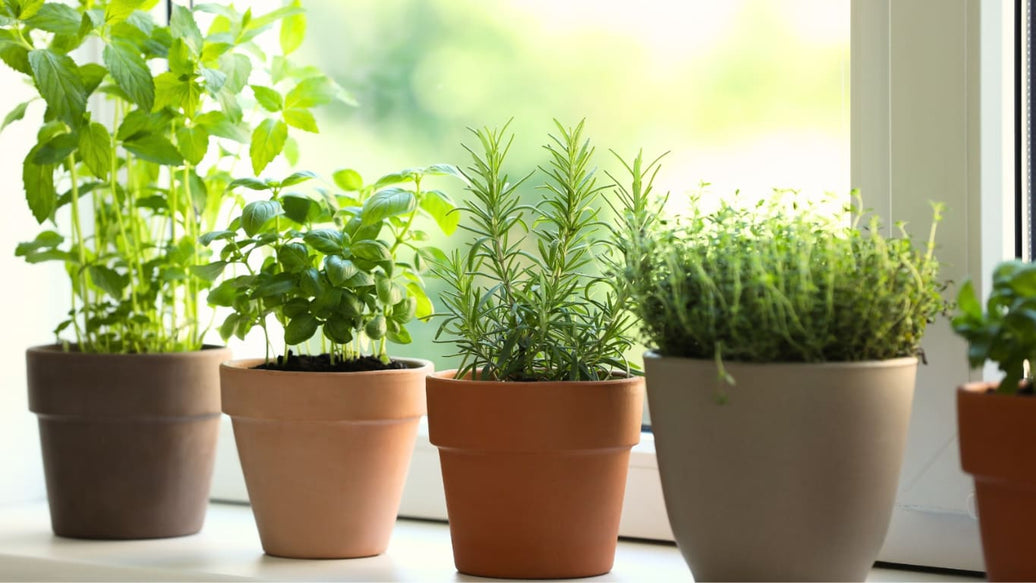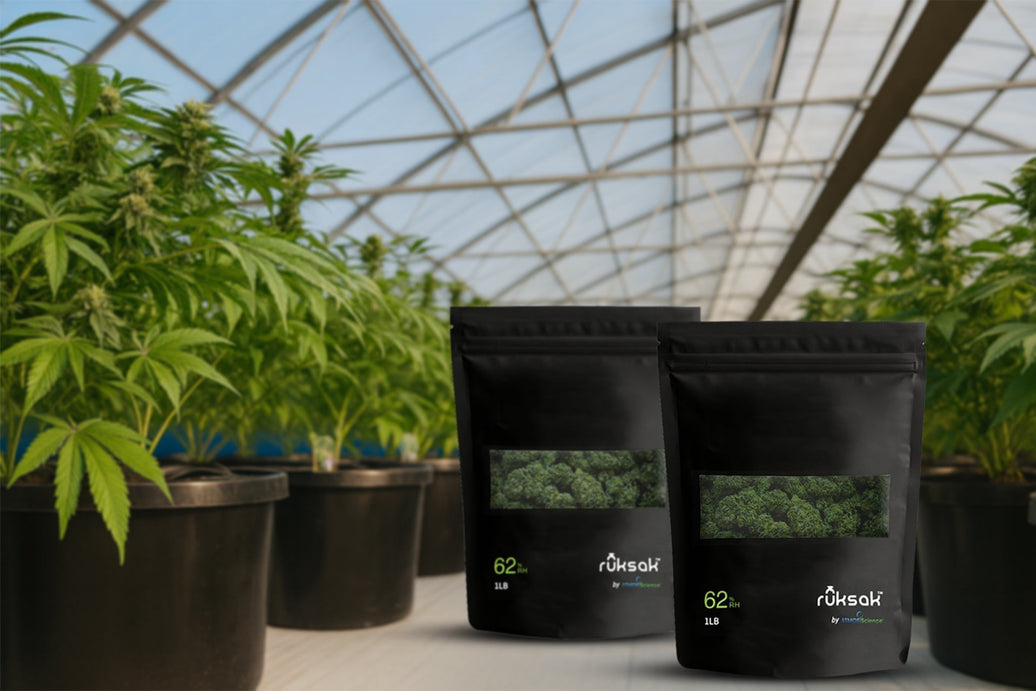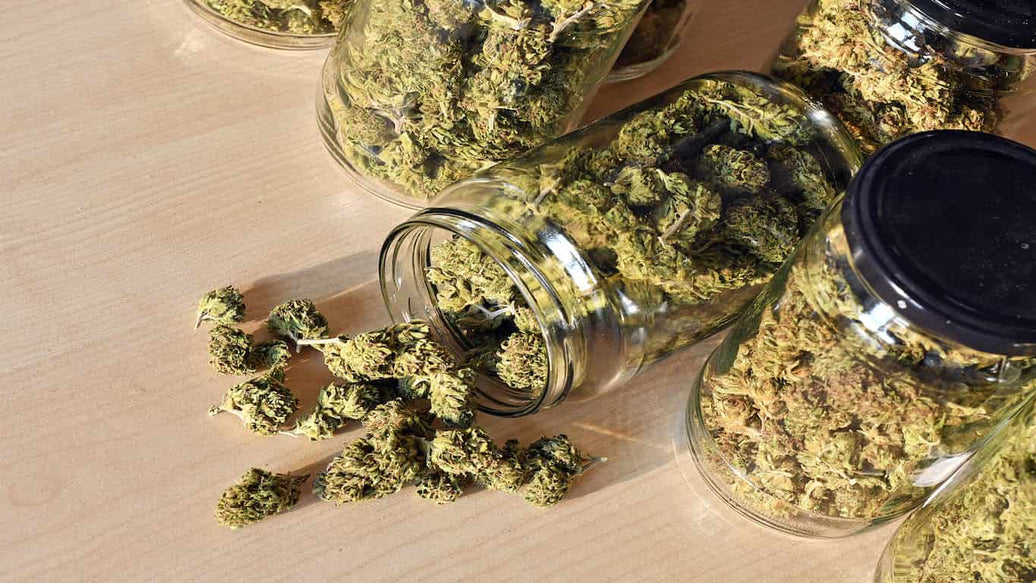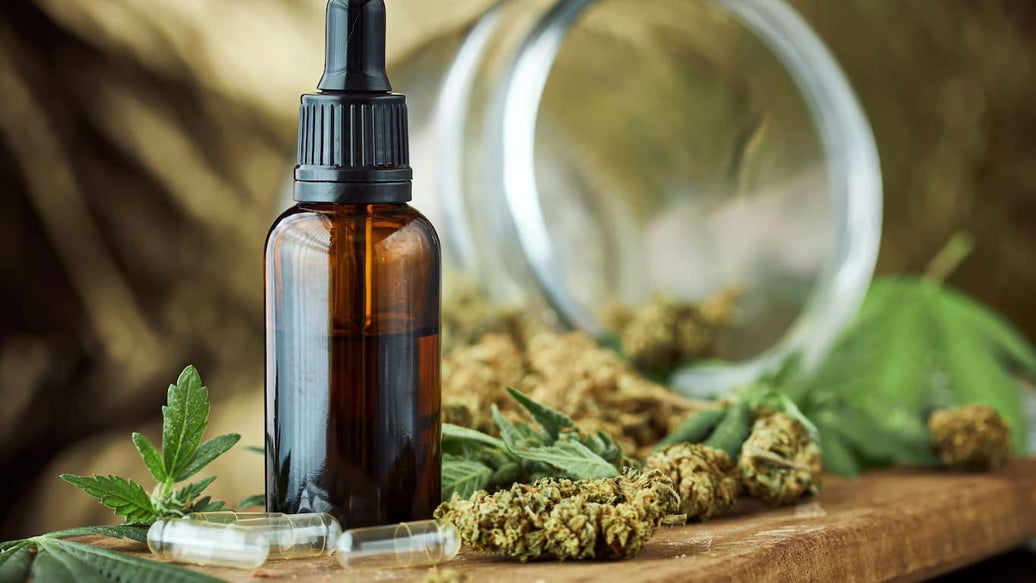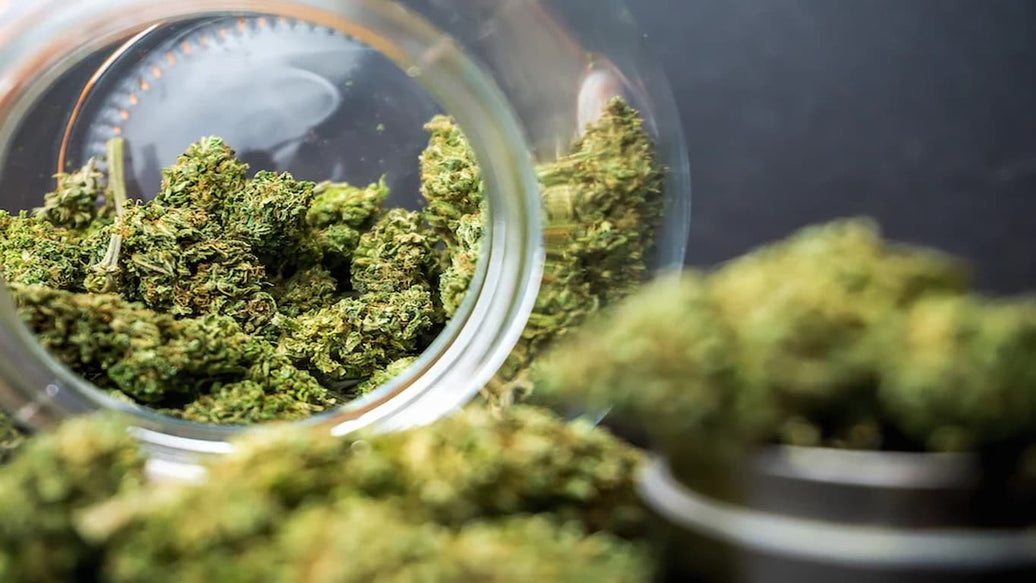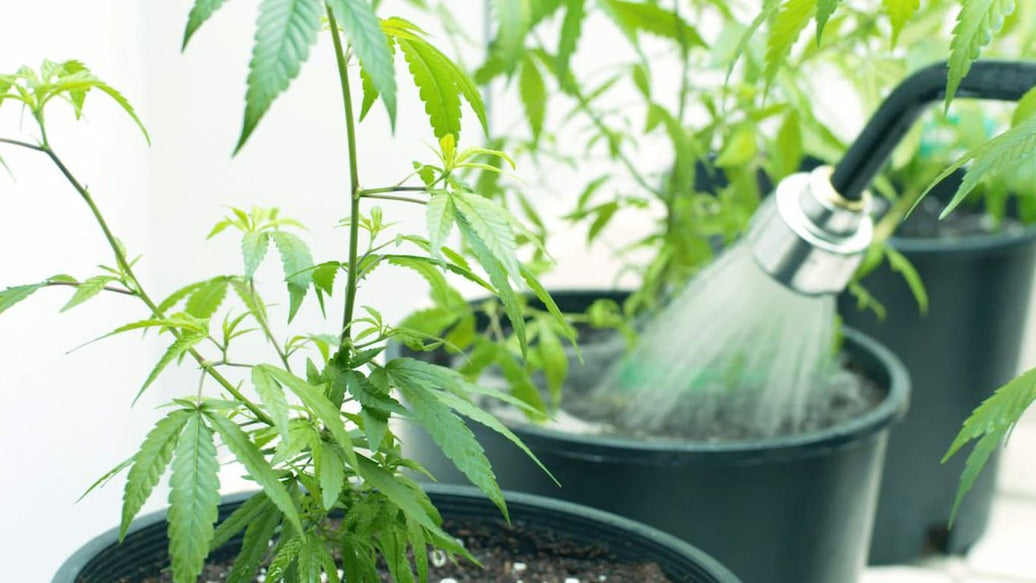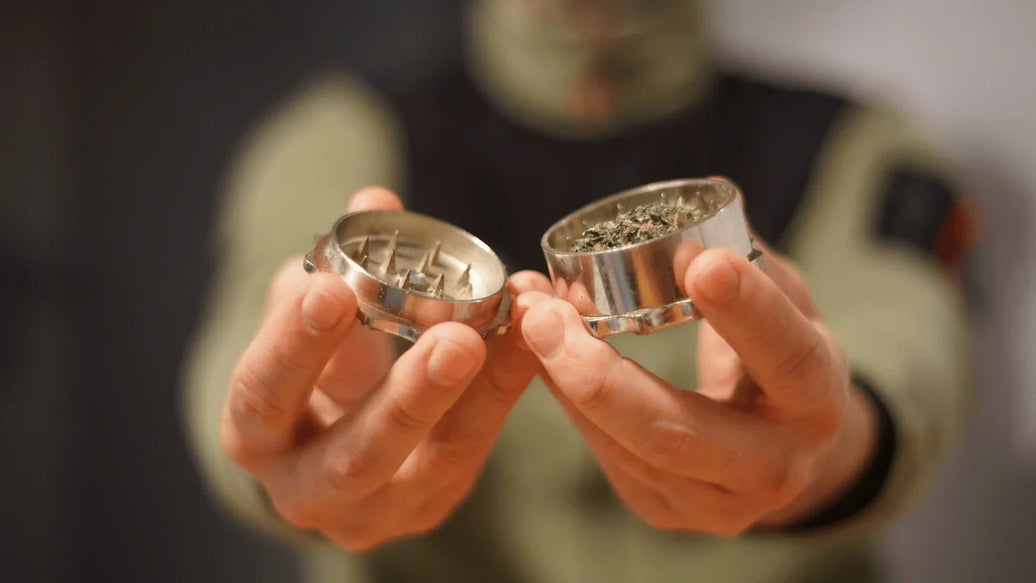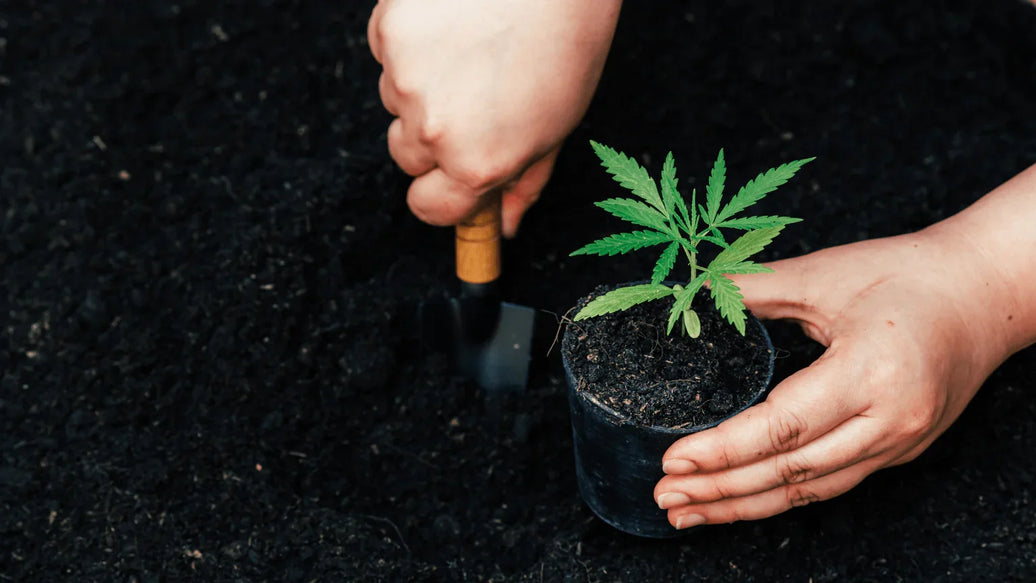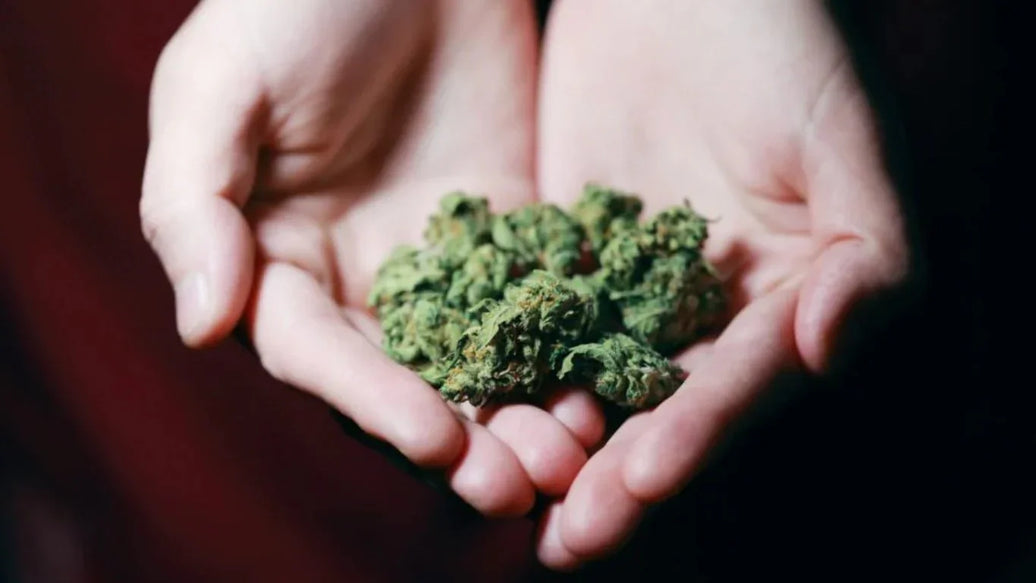Maintaining cannabis best humidity levels is crucial for achieving high-quality cannabis production, from seedling development through drying and long-term storage. Scientific research confirms that precise humidity control directly impacts cannabinoid preservation, microbial safety, and terpene retention. Understanding the cannabis best humidity for each phase of the plant’s life cycle not only maximizes yield but also ensures the production of safe, potent, and aromatic products. This blog synthesizes the latest research on moisture dynamics, physiological impacts, post-harvest practices, and future innovations shaping the cannabis industry.

The science behind cannabis and humidity
Moisture dynamics in cannabis plant tissues
Cannabis plants are composed largely of water, with their flowers containing up to 80% moisture. Managing this internal moisture is pivotal during cultivation and post-harvest processes. Studies reveal that cannabis inflorescences experience a humidity level of around 75% (±6%) within their canopies, compared to ambient greenhouse conditions of 55% (±12%). These elevated microclimates within the plant structure can encourage microbial growth if humidity is not meticulously controlled, underscoring the importance of maintaining cannabis best humidity during cultivation.
Physiological impact of humidity on development
Humidity directly affects essential processes such as transpiration, nutrient absorption, and overall plant growth. Insufficient humidity (below 30% RH) can stunt photosynthesis and reduce crop yields. Conversely, excessive humidity promotes physiological disorders like edema, where water-soaked blisters appear on plant tissues. Ensuring cannabis best humidity through each growth stage is vital for maintaining cellular integrity, encouraging healthy development, and preventing disease.
Cannabis best humidity across growth stages
Scientific consensus defines precise humidity ranges tailored to each growth phase:

These parameters of cannabis humidity chart establish the cannabis best humidity needed to support robust growth, maximize resin production, and promote cannabinoid synthesis at different life stages.
Humidity's impact on cannabinoid content and stability
Degradation under improper humidity
Research shows that high humidity accelerates cannabinoid degradation. THC, the most chemically unstable major cannabinoid, degrades faster under elevated humidity, while CBD and CBN exhibit varying stability patterns. Humidity not only speeds up decarboxylation and oxidation but also influences long-term cannabinoid retention.
Water activity (aw) and cannabinoid preservation
Water activity, a more accurate measure than relative humidity, is key to understanding cannabis best humidity for preservation. Studies suggest that maintaining cannabis at a water activity of 0.60-0.70 aw balances moisture levels and prevents microbial proliferation. Below 0.30 aw is ideal for long-term storage, minimizing degradation risks.
Temperature-humidity interactionsre
High temperatures combined with high humidity significantly impact cannabinoid profiles. In stress conditions (40°C and 75% RH), cannabinoid degradation products like cannabielsoin (CBE) and CBD-hydroxyquinone (HU-331) dramatically increase. Even under ambient conditions, notable degradation occurs, reinforcing the critical importance of strict cannabis best humidity and temperature control during storage.
Post-harvest humidity control: drying and curing
Traditional vs. controlled atmosphere drying
Traditional hang-drying at 18-21°C and 50-55% RH remains popular, but newer controlled atmosphere drying methods offer significant benefits. Controlled drying reduces curing time by 60% or more and better preserves volatile terpene profiles, essential for maintaining the full sensory quality of cannabis.
Impact of drying methods on cannabinoid profiles
Research shows that low-temperature drying (around 50°C) preserves cannabinoids better than higher temperatures (60°C or 70°C), with freeze-drying also showing promising results. Maintaining cannabis best humidity during drying not only protects cannabinoid content but also optimizes final product potency.
Dynamic changes during drying
Cannabinoid levels fluctuate during drying depending on temperature and material type. For instance, leaves dried at 50°C initially show an increase in cannabinoids before a decline, illustrating how sensitive cannabis is to humidity and temperature during drying. Thus, carefully maintaining cannabis best humidity is key to quality retention.
Microbial contamination and humidity management
Humidity thresholds for pathogen development
Pathogens like Botrytis cinerea thrive in environments with RH above 70%, especially at moderate temperatures. Spore germination is optimal at RH levels above 97%. By maintaining cannabis best humidity levels, cultivators can dramatically reduce the risk of bud rot and microbial contamination.
Regulatory standards and testing protocols
Many jurisdictions impose strict microbial limits on cannabis products. Research confirms that improper humidity during and after cultivation increases total yeast and mold (TYM) counts, emphasizing the role of cannabis best humidity practices for compliance and product safety.

Storage: Ensuring long-term cannabis stability
Ideal humidity for storage
The cannabis best humidity for storage falls between 55% and 65% RH. This range safeguards trichome integrity, prevents mold growth, and maintains both flavor and cannabinoid content. Proper humidity control extends the shelf life and therapeutic efficacy of cannabis products.
Storage technologies for humidity control
Modern cannabis storage solutions employ two-way humidity control packs, vacuum-sealed containers, and specialized curing jars. Scientific studies demonstrate that sealed containers with proper humidity control vastly outperform traditional packaging in maintaining the cannabis best humidity for product quality.
Long-term stability studies
Even over two years of storage, maintaining appropriate humidity drastically slows cannabinoid degradation. For example, while THCA degradation occurs, proper humidity practices help preserve the effective THC dose delivered to consumers. Again, consistent cannabis best humidity proves critical.

Emerging innovations and future research
Cultivar-specific humidity protocols
Recent studies highlight that different cannabis strains (chemovars) respond uniquely to drying and storage conditions. High-THC strains benefit from nitrogen-controlled atmospheres, suggesting that future cannabis best humidity practices may become strain-specific for maximum cannabinoid and terpene preservation.
Advanced monitoring technologies
Hyperspectral imaging and machine learning are revolutionizing humidity monitoring. These technologies allow real-time quality assessments, enabling growers to maintain cannabis best humidity based on actual cannabinoid development rather than static timeframes.
Climate change considerations
As global climates shift unpredictably, future research will need to address how changing environmental conditions affect maintaining cannabis best humidity levels, especially for outdoor and greenhouse operations.
Managing cannabis best humidity is not just a best practice; it is a scientific necessity for ensuring cannabis quality across every stage from germination to storage. Scientific literature consistently highlights the profound impacts humidity exerts on cannabinoid preservation, microbial safety, and overall product excellence. Moving forward, strain-specific humidity management, advanced monitoring tools, and adaptive climate strategies will define the next evolution in cannabis cultivation and preservation.

